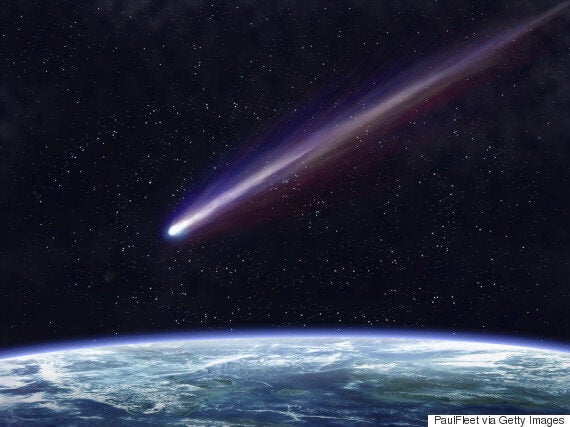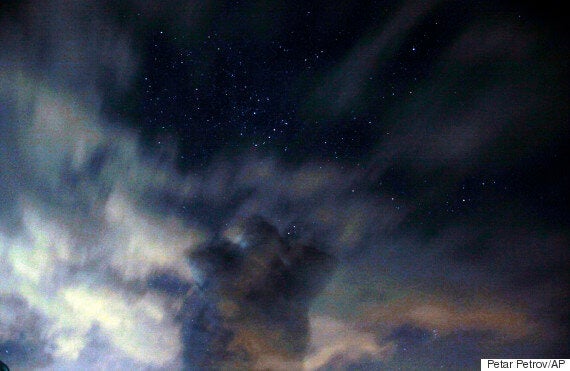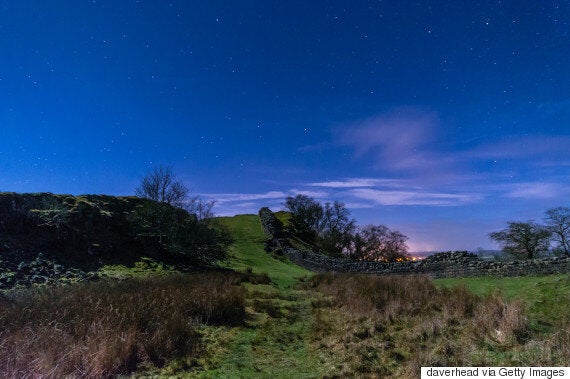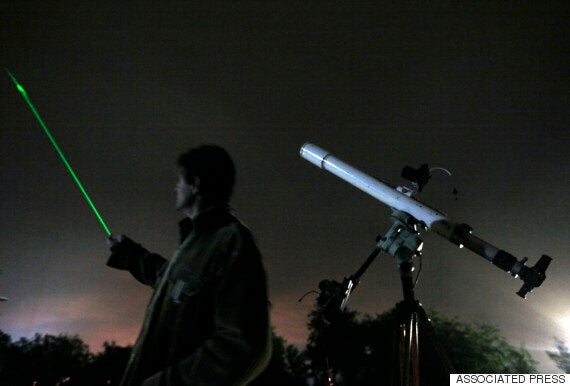This week the Orionid Meteor shower will light up the skies offering everyone a chance to catch nature at its best.
The shower, which comes around every year, will peak between 21 and 22 October.
Here is everything you need to know about the shower.
What is the Orionid Meteor shower?

The Orionid Meteor Shower is made up of ice and dust fragments from Halley's Comet that enters the earth's atmosphere. At its peak, you should see 20 shooting stars per hour, the Met Office report.
It gets it name from the Orion constellation, one of the more visible constellations in the sky.
The Met Office described the meteors as "fast travelling at around 41 miles per second, and typically on the faint side..."
When can I watch it?

The shower will peak on Thursday morning, just before dawn and the Met Office suggest heading out 15 to 20 minutes before you want to catch the shower as your eyes will need to adjust to the dark.
Where can I watch it?

Shooting stars need a clear, cloudless night in order to be visible. The best areas usually have little light pollution, not the best news for city dwellers.
However, there are a number of sites around the UK that have been given a Dark Sky Discovery status, where the night sky is not affected too badly by light pollution.
The norther regions will be your best bet including Leigh Woods in Bristol and the Northumberland National Park.
What will I need?

You'll be pleased to know that The Met Office's list is not a exhaustive one. All you'll need are your eyes - no binoculars or telescope involved.